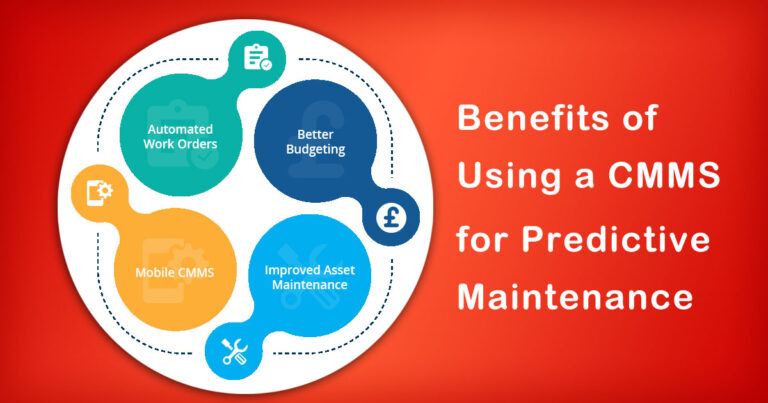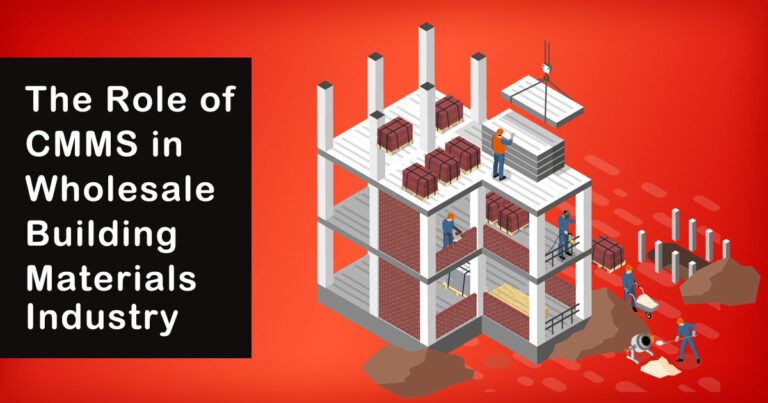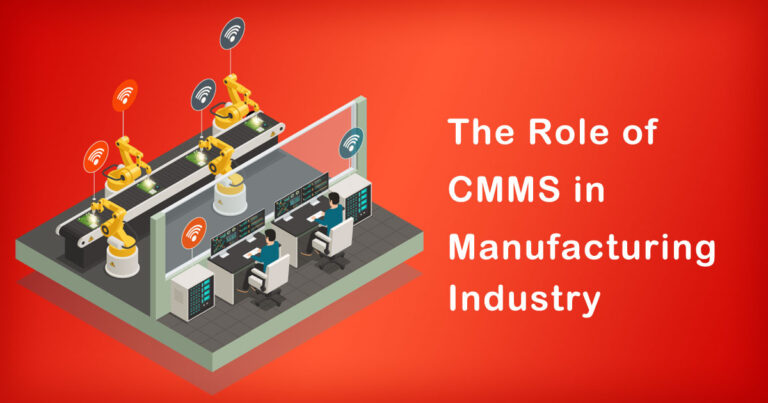Introduction
In the rapidly evolving software development industry, organizations are constantly seeking ways to optimize their operations and increase efficiency. Computerized Maintenance Management Systems (CMMS) have emerged as a valuable tool, enabling businesses to streamline their processes, enhance productivity, and deliver high-quality software solutions. This article explores the role of CMMS in the Indian software development industry and highlights its benefits and significance.
1 What is CMMS?
CMMS, also known as Enterprise Asset Management (EAM) software, is a comprehensive solution designed to manage and maintain an organization’s assets and resources efficiently. These assets can include hardware, software, equipment, facilities, and even human resources. CMMS provides a centralized platform for tracking, scheduling, and optimizing maintenance activities, ensuring maximum uptime, and minimizing disruptions.
2 Importance of CMMS in Software Development
2.1 Streamlining Asset Management
In the software development industry, a wide range of assets, such as servers, network devices, databases, and software licenses, need to be managed effectively. CMMS enables organizations to maintain an accurate inventory of these assets, track their lifecycle, and schedule preventive maintenance to avoid unexpected failures. This streamlined asset management process helps reduce downtime, optimize resource allocation, and improve overall productivity.
2.2 Preventive Maintenance and Issue Tracking
Software development organizations heavily rely on various systems and equipment to operate smoothly. CMMS facilitates proactive maintenance by allowing businesses to schedule regular inspections, software updates, and other preventive measures. By identifying potential issues before they escalate, CMMS helps avoid costly downtime and ensures uninterrupted operations.
Additionally, CMMS provides a centralized platform for issue tracking and resolution. It enables software developers and IT teams to log and monitor software bugs, assign tasks to team members, track progress, and streamline collaboration. This not only enhances productivity but also improves customer satisfaction by enabling prompt issue resolution.
3 Benefits of CMMS in the Indian Context
3.1 Enhanced Productivity and Efficiency
In India’s highly competitive software development landscape, efficiency and productivity play a crucial role in determining success. CMMS helps organizations optimize their resource allocation, streamline workflows, and reduce manual effort. By automating routine maintenance tasks and providing real-time data insights, CMMS empowers teams to focus on value-added activities, resulting in increased productivity and overall operational efficiency.
3.2 Cost Savings and ROI
Implementing CMMS can lead to significant cost savings for software development organizations in India. By minimizing equipment downtime and extending the lifespan of assets through proactive maintenance, CMMS reduces the need for costly repairs and replacements. Furthermore, CMMS helps optimize inventory management by ensuring the availability of spare parts when needed, preventing unnecessary stockpiling and associated expenses.
3.3 Compliance and Regulatory Adherence
The software development industry is subject to various compliance and regulatory requirements. CMMS provides organizations with a centralized platform to document and track maintenance activities, making it easier to demonstrate compliance during audits. This helps software development companies in India maintain regulatory adherence, reduce potential penalties, and build trust with clients.
4. Case Study: CMMS Implementation in a Leading Indian Software Firm
To understand the impact of CMMS in the Indian software development industry, let’s consider a case study of a leading software firm, XYZ Solutions. XYZ Solutions implemented CMMS to streamline their asset management, maintenance processes, and issue tracking. The organization experienced a 30% reduction in downtime, a 20% improvement in asset utilization, and a 15% increase in overall productivity within the first year of CMMS implementation.
Conclusion
In the dynamic software development industry in India, CMMS plays a pivotal role in optimizing operations and improving productivity. By streamlining asset management, facilitating preventive maintenance, and ensuring compliance, CMMS empowers software development organizations to deliver high-quality solutions efficiently. The benefits of CMMS in the Indian context include enhanced productivity and efficiency, cost savings, and regulatory compliance. Through a case study, we witnessed the positive impact of CMMS implementation in a leading Indian software firm. As the software development industry continues to evolve, adopting CMMS can provide a competitive advantage and contribute to long-term success.








